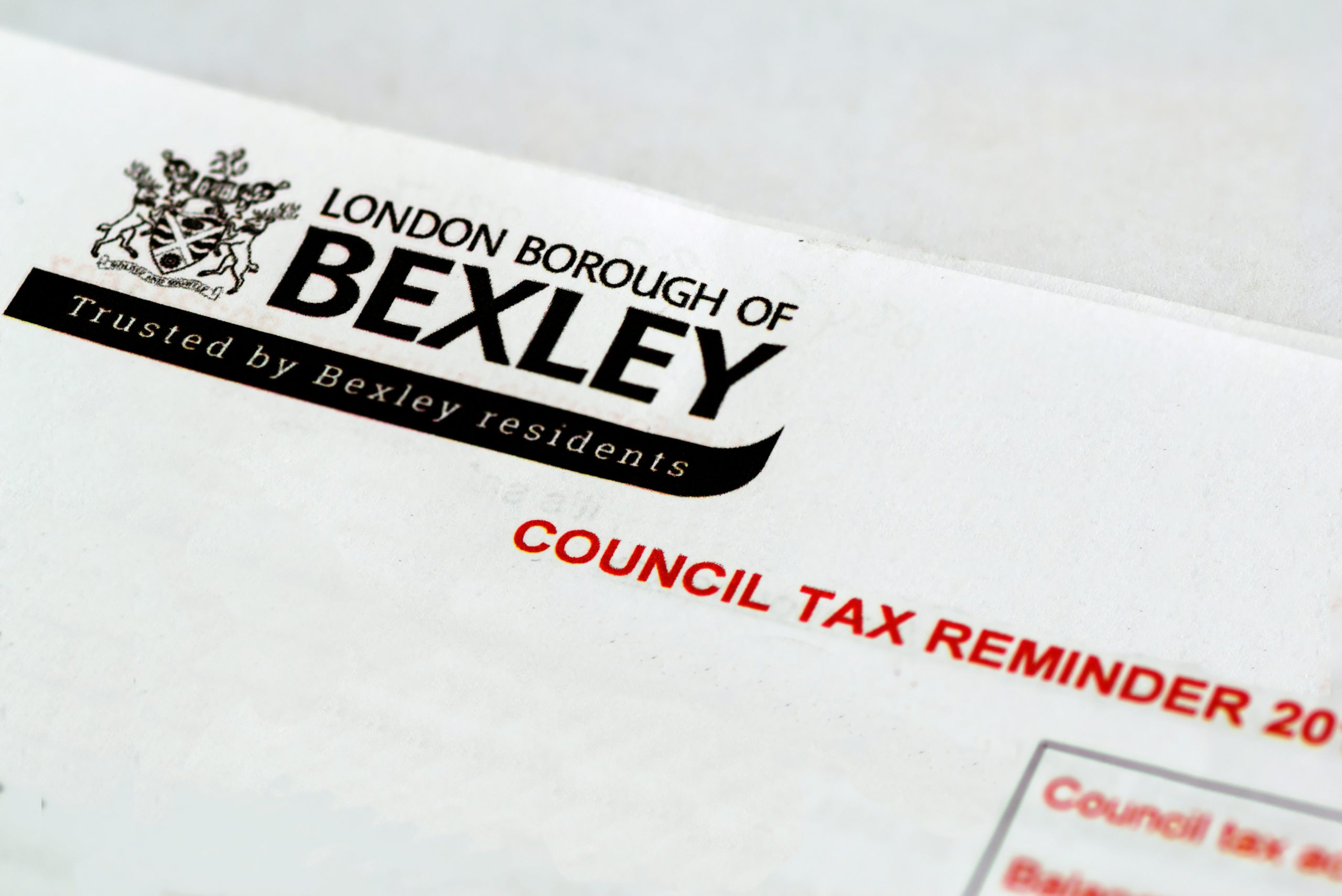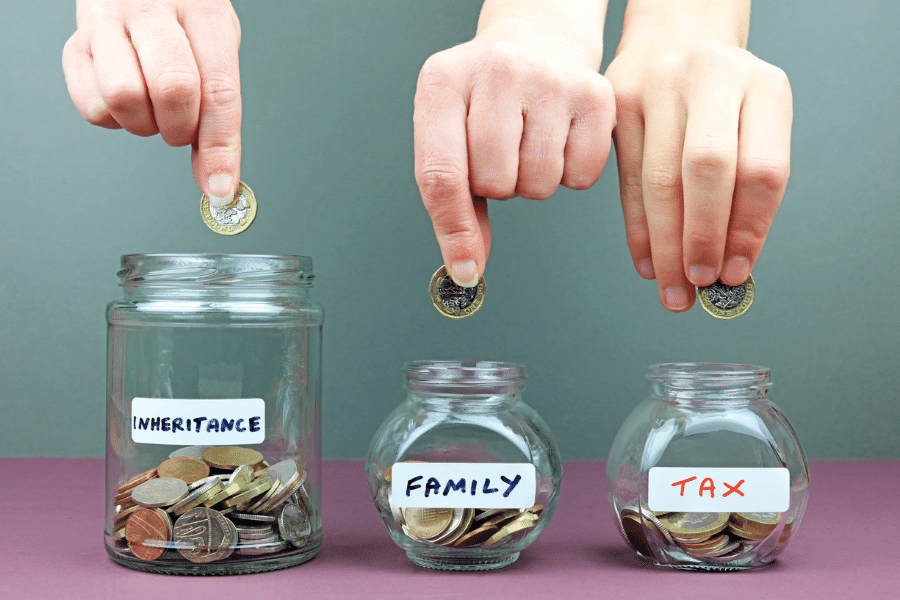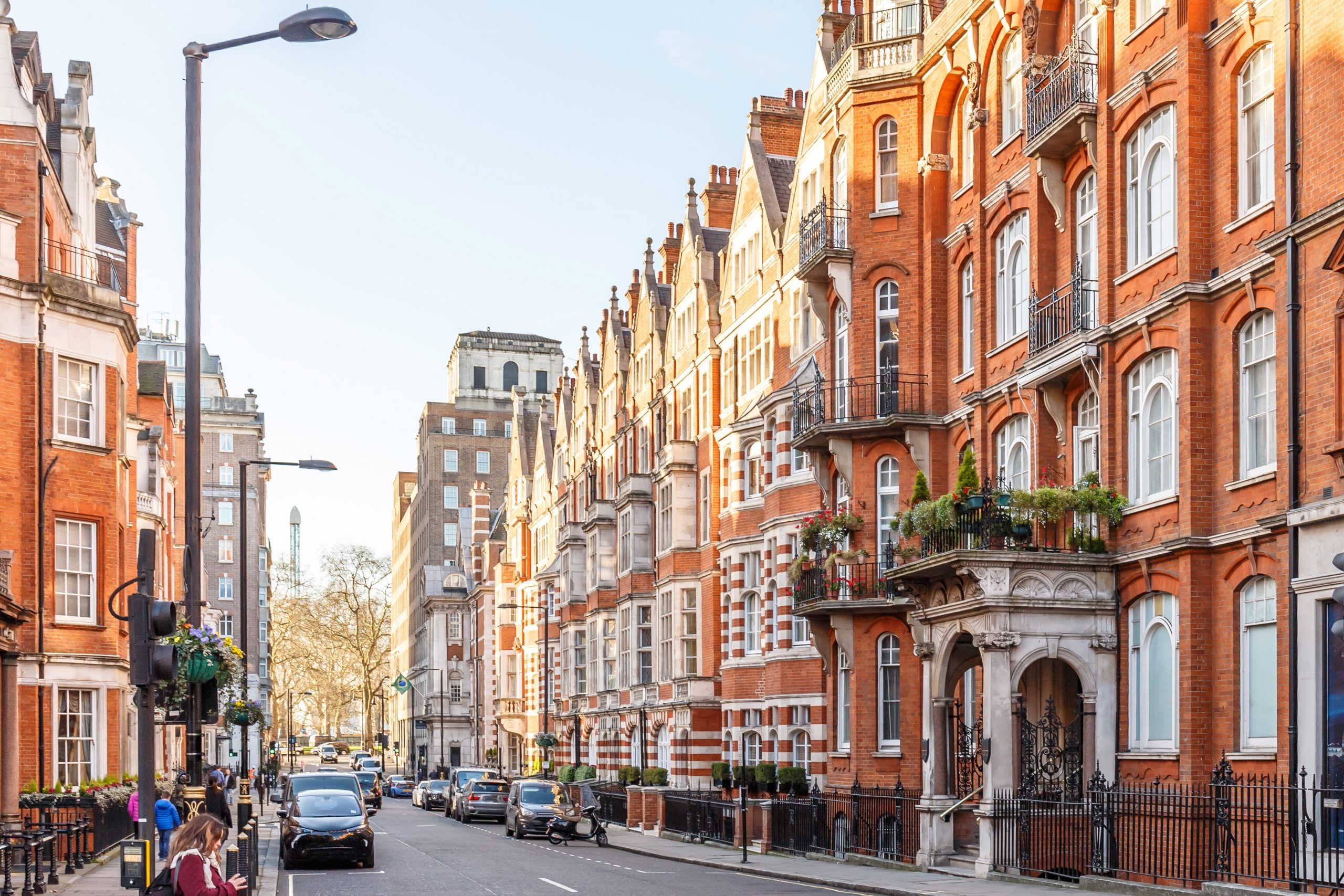
所有房源
In recent years, the UK government has been focusing on taxation of residential. The resulting changes have added complexity to the tax system, whilst at the same time, the buoyant UK property market has attracted increasing numbers of overseas buyers. In addition to paying attention to a property's condition, location and price, taxes are also an important matter for those investing in the UK.
After the deduction of taxes, rental income may be greatly reduced. Here are six property taxes property buyers in London may face:
1. Stamp duty land tax – SDLT
2. Council Tax
3. Rental income tax
4. Capital gain tax
5. Inheritance tax
6. 7 Years Rule
When purchasing a property in the UK, you are required to pay stamp duty land tax (SDLT). The applicable rate will depend on the value and nature of the property, with different rates being applied to various ‘bands’ of the value.
Take a look at the below chart to understand the SDLT rates according to property purchase price:
| Property purchase price | SDLT rate from 4-12-2014 |
| Up to £125,000 | 0% |
| £125,001 - £250,000 (Next £125,000) | 2% |
| £250,001 - £925,000 (Next £675,000) | 5% |
| £925,001 - £1,500,000 (Next 575,000) | 10% |
| Above £1,500,000 | 12% |
Since April 2016, an extra 3% stamp duty will be introduced to purchase additional residential properties costing more than £40,000, such as buy-to-let properties and second homes.
In England, the first 300,000 pounds will be exempt from SDLT for properties under 500,000 pounds.
In Scotland, the SDLT can be waived if the property price is under 175,000 pounds, while the cap is 180,000 pounds in Wales.
An additional rate applies for second homeowners, starting from 3 percent for the first 125,000 pounds, 5 percent for the next 125,000 pounds and so on.

It can be seen that these rates have benefited London landlords disproportionately in comparison with the rest of the country. The impact will not have been felt by a landlord purchasing an average valued property in the North East. For example, many houses would not have been subject to SDLT even before the temporary reduction.
As such, SDLT is not usually as much of a concern for those away from London and its surrounding areas. However, conversely, this does mean that after 1 October 2021, London and surrounding area landlords will revert to disproportionately paying more on purchase.
Changes to SDLT for foreign buyers came into effect on 1 April 2021. All non-UK resident investor landlords purchasing residential property will now have to pay an additional 2% stamp duty on top of the extra 3%. Foreign investors could be deterred from investing in London due to this measure, but with the pound's value remaining at a historic low, it is as much of a deterrent as expected. However, this measure has resulted in property prices slowing, particularly in high-end London rentable properties.

Annual London property tax, also known as council tax, is the main form of local property taxation. It is charged on domestic property and is collected by local authorities. Generally, the higher the price, the greater the tax will be. Each local authority keeps a "Valuation list" of all domestic property in its area. Property values are assessed annually and put into a valuation band with corresponding charges.
If you are an investor and rent out your property, the tenants will pay council tax. Because the council tax rate is not fixed and assessed periodically, you can refer to https://www.gov.uk/council-tax/working-out-your-council-tax, or you can check with the property consultant assisting you in your purchase.
The London rental income tax rate is 20% after netting off all the allowable property-related expenses.
| Net Rental Income (Per person) | Rental Income Tax |
| Up to £32,000 | 20% |
| £32,001 - £150,000 | 40% |
| Over £150,000 | 45% |
If a property is under two names, the total net rental income that will fall under 40% rate is above £64,000.
Here is a list of allowable expenses you can deduct off to save your rental income tax:

For non-residents, capital gain tax is a new London property tax that they are liable to pay. Starting from April 2015, non-residents who dispose of their London property need to pay capital gain tax. If you have bought your property before April 5th, 2015, whatever you gain before that will not be subjected to capital gain tax.
The capital gain tax rate depends on your basic income tax band, £31,871 for the 2015 to 2016 tax year. If you fall into the basic income tax band, you will pay 18% capital gain tax. Any amount above, you will need to pay 28%. Moreover, there is an £11,100 annual exempt amount for 2015/2016.

Everyone that pays taxes in the years 2021-22 has a free tax allowance of £325,000. This allowance has remained the same since 2010-2011, and it will stay until at least 2017. Any amount above this threshold will be charged at 40% for inheritance tax. To avoid or reduce the amount of inheritance tax, buying under two names or more when you buy London property is advisable because the threshold is counted for each individual.
The threshold per person is £325,000, so if the property is bought under 2 names, the threshold will be £650,000. Anything over the threshold will be subject to 40% tax.
According to the 2015 budget, the new provision allows individuals and married couples to pass on their homes with a smaller tax liability.
| 2017-2018: £100,000, total threshold: £850,000 (2 persons) |
| 2018-2019: £125,000, total threshold: £900,000 (2 persons) |
| 2019-2020: £150,000, total threshold: £950,000 (2 persons) |
| 2020-2021: £175,000, total threshold: £1,000,000 (2 persons) |
It will then increase in line with Consumer Prices Index (CPI) from 2021 to 2022 onwards.
If you pass on your property more than the threshold value as a gift, the 7 years rule applies.
| Years between gift and death | Tax paid |
| Less than 3 years | 40% |
| 3 to 4 | 32% |
| 4 to 5 | 24% |
| 5 to 6 | 16% |
| 6 to 7 | 8% |
| 7 or more | 0% |
If you buy UK residential property to let tenants, income tax is payable on the rental income. Rates range between 0% and 45%, depending on the amount of income. Following the end of the UK tax year (5 April), non-resident landlords must submit a UK tax return to declare rental income and pay any income tax (by 31 January).
ATED is an annual tax on properties worth over £500,000 and is owned by "non-natural persons", such as companies. ATED charges range between £3,650 and £232,350 per year depending on the property value; the charge increases annually in line with inflation. An ATED return must be submitted each year. There are reliefs available in specific situations, but these must be claimed in an ATED return annually.

With the pound remaining at a historic low, foreign investors are very enthusiastic in the London property market.
Interested in investing in a property in London?
Please leave your contact details below, and our professional team of agents will reach out to you!